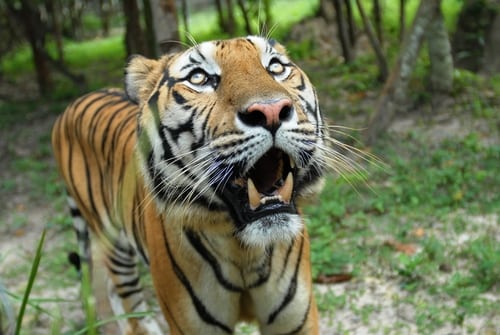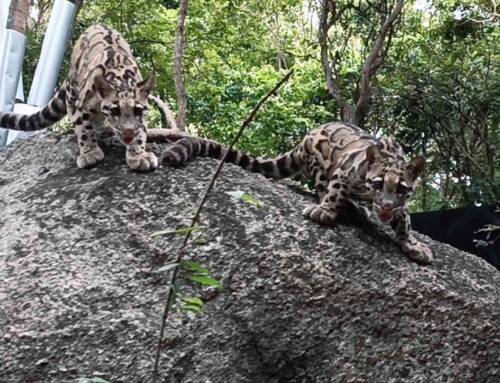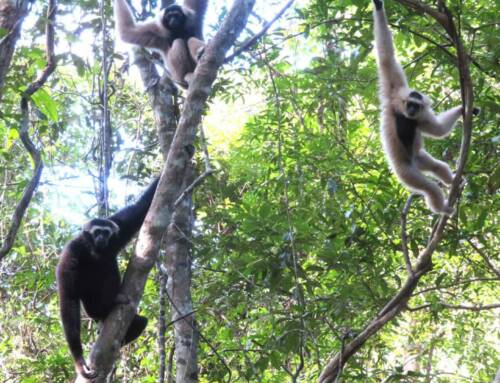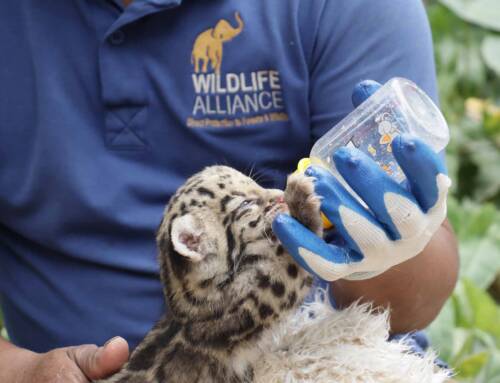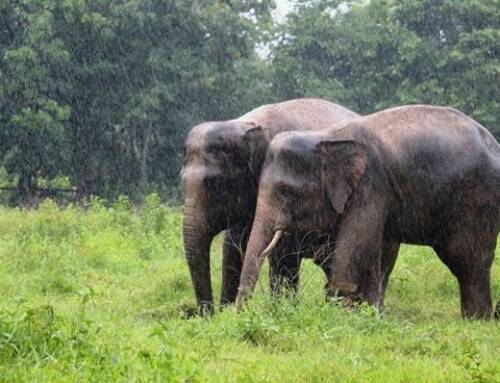Tiger close up – Camera trap @ Phnom Tamao Wildlife Rescue Center
By WA Admin|2018-04-02T03:49:07-04:00October 11, 2017|Categories: Phnom Tamao, Save Tigers|Tags: Cambodia Tiger, camera trap, Phnom Tamao, Tiger, Tiger close, Tiger close up, Tiger video, Wildlife Rescue, wildlife rescue center|Comments Off on Tiger close up – Camera trap @ Phnom Tamao Wildlife Rescue Center

